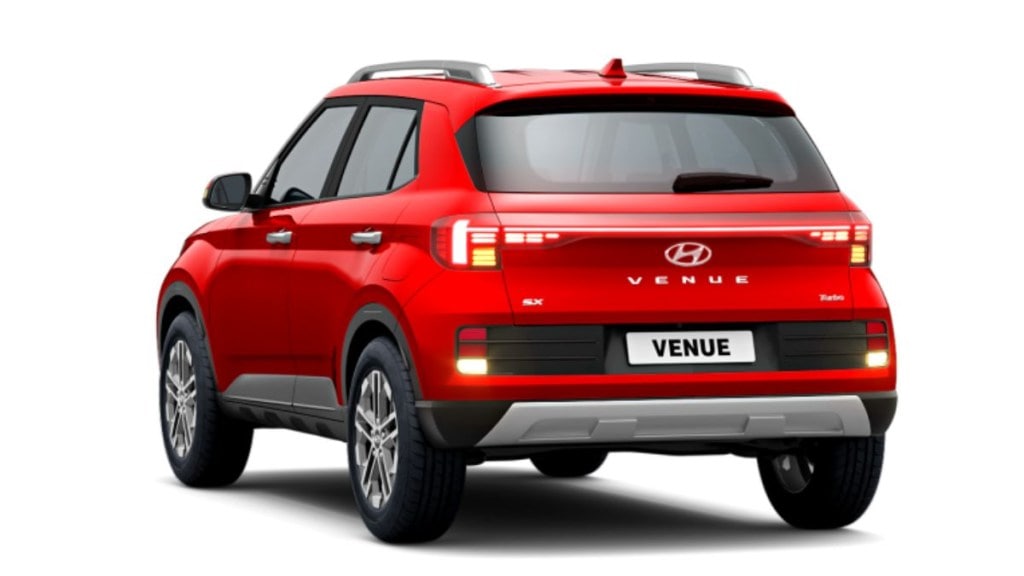Korean auto manufacturers Hyundai and Kia—the leaders in the compact SUV category with car models like Venue and Sonnet—are slowly losing their market share in the segment, according to the Society of Indian Automobile Manufacturers’ data.
The sales data shows that their competitors like Renault, Nissan, Tata Motors and Maruti Suzuki are fast catching up.
Hyundai’s Venue and Kia’s Sonnet are facing a tough competition from Renault’s Kiger and Nissan’s Magnite as well as established models like Maruti Suzuki’s Brezza and Tata Motors’ Nexon.
Even though Hyundai and Kia sold more units of Venue and Sonet in 2022 over 2021, their market share has dropped as the competitors had an impressive jump in their sales numbers, the data showed.
In CY22, Hyundai sold 120,703 units of Venue, at 11.8% increase over 108,007 units sold in CY21. Kia sold 86,254 units of Sonet in CY22, at 8.8% increase over 79,289 units sold in CY21.
But sub-4 metre SUV sales grew a whopping 28.1%, from 706,310 in CY21 to 904,880 units in CY22. Therefore, in terms of market share, Venue dropped from 15.3% in CY21 to 13.3% in CY22 while Sonet dropped from 11.2% in CY21 to just 9.5% in CY22.
Automotive analysts the FE talked to said that the increasing customer interest in models like Nexon and all-new Brezza has eaten into the sales of the Korean products.
Gaurav Vangaal, associate director, light vehicle forecasting, S&P Global Mobility, said the sub-4 metre market has increased from 2021 to 2022. He said the sales of Korean brands increased but the sales of their competitors have increased more.
“While Kiger, Magnite and even Tata Punch (smaller SUV) took away sales from all competitors, I think the biggest sales rise is that of Nexon, which almost doubled in 2022 over 2021,” he said.
Vangaal added that two things worked for Tata. “Tata was able to successfully pass on the message to prospective buyers that its cars are safer (both the Punch and the Nexon earned 5-star crash safety rating by the Global NCAP). It also used the government’s ‘Vocal For Local’ campaign to its advantage,” he said.
“There is a section of buyers who feel pride in owning Indian products. This impacted sales of all competitors, including the Koreans,” he added.
Another analyst, on the condition of anonymity, said Tata Motors was able to keep up the supplies because it possibly managed the semiconductor crisis in a better way than other carmakers.
“While last year the average waiting period of most sub-4 metre SUVs was about six months (because the demand was high and supplies low), Tata dealers were able to deliver the Nexon in three months or less,” he said.
A large section of customers also shifted to the all-new Brezza.
But Som Kapoor, EY India Automotive, Future of Mobility leader (consulting) and partner, said too much shouldn’t be read into the Koreans losing the SUV advantage.
“Every time there is a new product in the market, it tends to gather a fair amount of momentum. There have been a couple of sub-4 metre SUV launches after Venue and Sonet, and a section of customers has shifted towards those cars. Market shares keep fluctuating. Too much shouldn’t be read into the Koreans losing the SUV advantage,” Kapoor said.



















